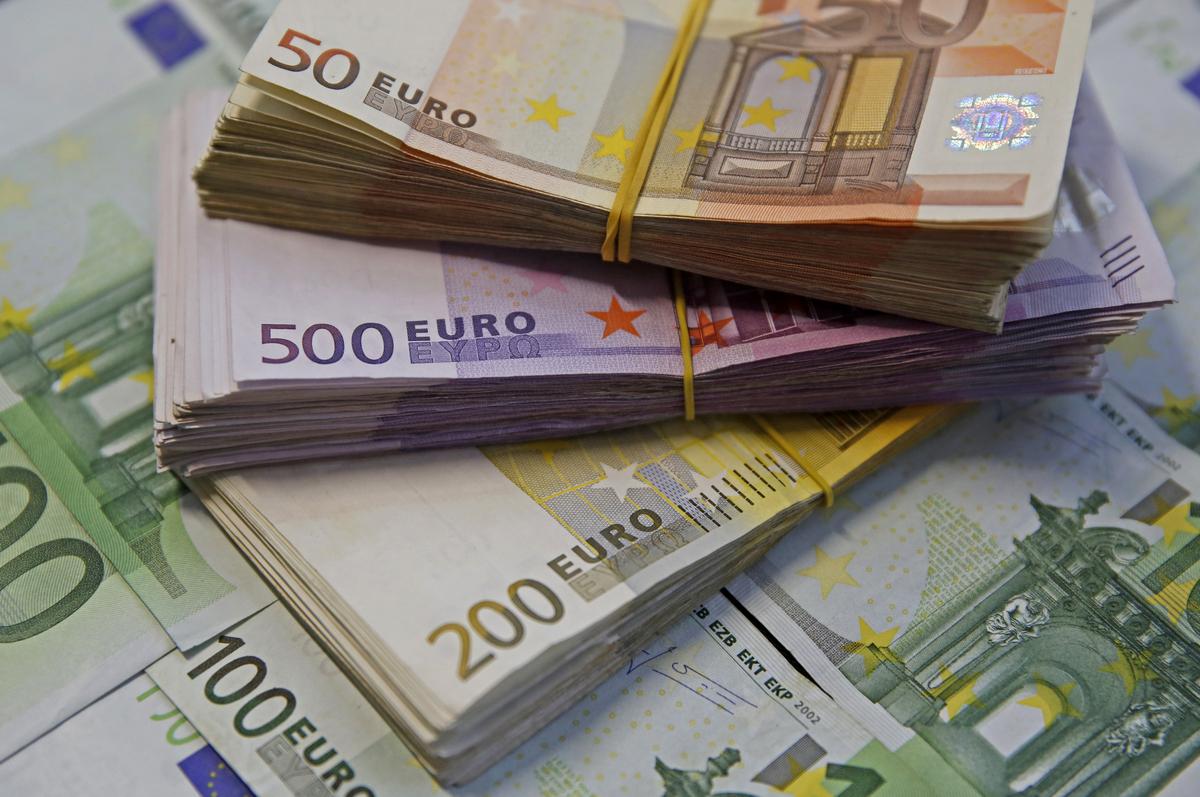Andrej Flajs of the Slovenian Statistics Office said at a press conference that two major factors contributed to the recovery of the country’s finances: economic growth and the country’s public austerity program.
For the European Commission to lift its excessive deficit procedures, Slovenia needs to bring its deficit below the 3 percent threshold in 2015, Flajs said. He added that Slovenia can attain this goal if it secures sufficient EU funding.
Slovenia’s public deficit has been constantly declining in 2015. It stood at 4.3 percent in Q1, 2.9 percent in Q2 and 0.7 in Q3. 0.7 percent is the lowest quarterly deficit since 2008, Flajs stressed.
At the end of the first 9 months of 2015, Slovenia’s public deficit reached 743 million euros or 2.6 percent of GDP. In the same period last year, it soared to 1.064 billion euros or 3.9 percent of GDP.
Allocation of EU funds
Slovenia was less successful in securing EU money in the 2011-2013 period, but this changed in the beginning of 2014. As a result, public investment rose again. Exports and public investment were the main driving force behind Slovenia’s GDP growth in 2015. “Increased investment boosts GDP growth,” Flajs said.
Slovenia secured about 1 billion euros in EU funds in 2014. In the first 9 months of 2015 alone, the country secured another billion. As a result, public investment rebounded to 2008 levels.
0.5 percent deflation in 2015
Consumer prices fell 0.5 percent year-on-year in Slovenia. The decline was mainly driven by a drop in fuel prices. The price of liquid fuels decreased by 16.3 percent, while lubricants were 12.7 percent cheaper.
However, food and footwear prices rose in 2015. Prices of insurance plans, telecommunications and internet services, and catering and accommodation services also went up.
G. K.; translated by D. V.


































































